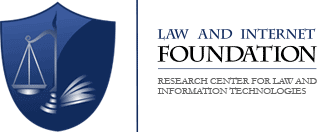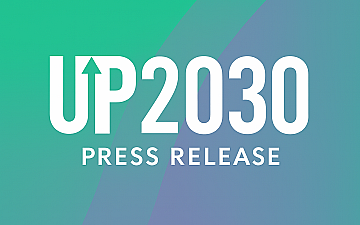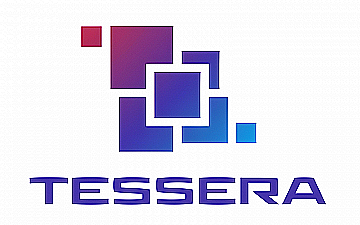This article was originally published on Secure Hospitals
Information and Communication Technology (ICT) is already having a great impact in many areas, especially on the digital economy, where data plays a key role [1]. As a result of such a digital transformation, novel products and services are moving to the digital domain, where they are expected to create, process, share, and consume data. Recent examples of such ecosystems include energy, manufacturing, logistics, smart cities, and of course, healthcare.
However, as the complexity of modern digital systems increases, so does their vulnerability to cybersecurity breaches . The prevention of and the protection against attacks that target modern ICT components, complex ICT infrastructures, and emerging technologies (e.g. IoT) still remains a difficult task. Therefore, Europe is heavily investing to achieve its ambition to become a world leader in secure digital economy, wherecybersecurityandprivacytechnologiesshouldbecomecomplementaryenablers [3]. As a result, this will introduce a significant competitive boost for the EU economy and respond to key societal challenges.
The GUARD Project has been funded by the EU’s Horizon 2020 programme under agreement number 833456 and represents a stepping stone which will support Europe to take a bold lead in digital technologies.
Project summary
The GUARD project aims to develop an open and extensible platform for advanced assurance and protection of trustworthy and reliable business chains spanning across multiple administrative domains and heterogeneous infrastructures. Tackling conflicting trends in the cybersecurity market, like fragmentation or vendor lock-ins, this project will develop an open and extensible platform for advanced assurance and protection of trustworthy and reliable business chains spanning multiple administrative domains and heterogeneous infrastructures. The project aims at overcoming the following limitations:
Slow and ineffective detection of attacks
Difficulty in identifying new threats and vulnerabilities
Outdated and inefficient architectures
Technology and business lock-in
Architecture rigidity
Slowness and inertia to share the knowledge of new threats and attacks
Ineffective interaction with users
Outcomes of the project
Themainoutcomeoftheprojectistoprogressbeyondthestateoftheartinthecybersecuritydomain, wheresecurityandprivacywillbecomeanintegralpartofnewsystemsandservicesin a cost-effective manner. Furthermore, the implementation of machine learning and artificial intelligence (AI) mechanisms will open new opportunities for correlation and identification of complex and unknown relationships in large data sets. As a result, new efficient inspection and measurement tools will make it possible to have new automatic detection methods of both known and unknown threats and attacks. In the context of human implications, GUARD will increase the situational awareness by better propagation of knowledge to the humans in the loop, by developing user tools for visualisation, notification, configuration, investigation, and mitigation.
All these aspects will open up new business opportunities for successful exploitation, by bringing GUARD products and services close to the market (i.e., products, integrated solutions, support services). Here, the main contributing factors will include:
Enhanced protection against novel advanced threats
Advanced technologies and services to manage complex cyber-attacks and to reduce the impact of breaches
Contribute to the development of the CSIRT Network across the EU
Addressing major trends in the evolution of technologies utilised in future ICT infrastructures
eHealth use case
The last phase of the project will serve to validate and evaluate the GUARD platform in realistic and concrete environments, one of which will include the health care domain. Since it is possible that every hospital department can have its own IT infrastructure, programs, users, and data formats, it can be difficult to find, protect and update patient’s personal data, flowing between departments in a non-uniform way. Here, the challenging security and privacy aspects will serve to demonstrate how GUARD builds privacy-by-design and enables patients to monitor, track, and control the position and propagation of their data within the entire chain. Furthermore, it will demonstrate how to guarantee a better interaction between the different hospital departments, ensuring patient privacy, and preventing malicious data manipulation.








